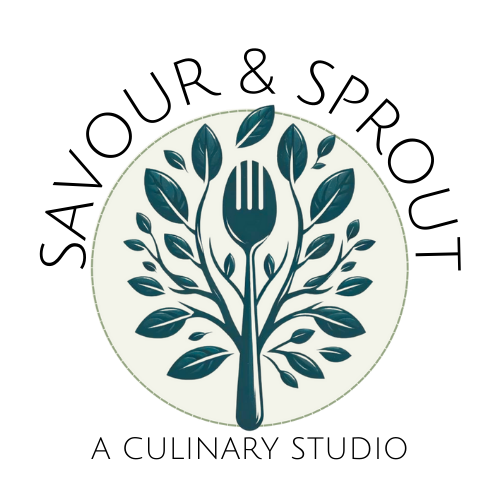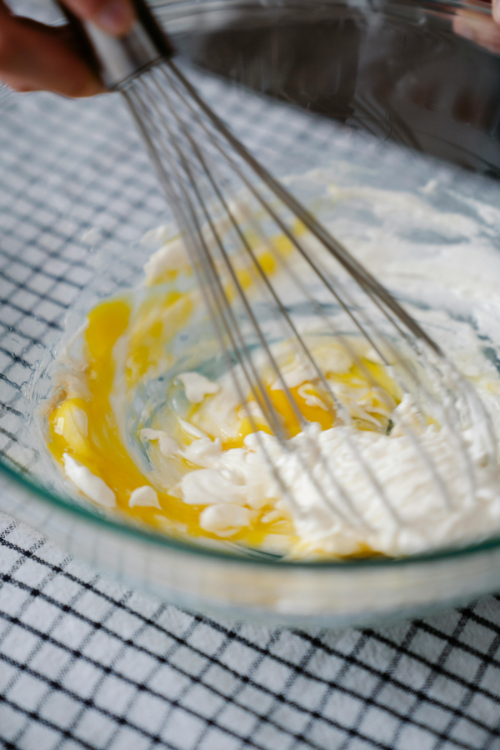What does it mean to mix?
How is whipping different than mixing?
Do you use a different tool when you’re folding something into a batter rather than a dough?
When do we want to cut-in something?
These were all questions that we explored during Fall Session 2. Here’s some highlights from our time together
Whipping Challange
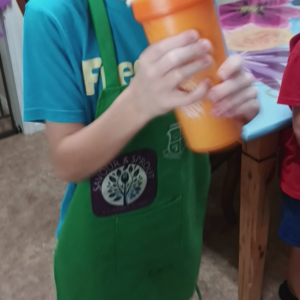 One of the most entertaining moments of the class was our whipped cream challenge! To accompany our Dutch babies (a delicious oven-baked pancake), we whipped fresh cream by hand and with an electric mixer. The kids quickly learned that whipping cream by hand is no easy feat, especially when racing against an electric mixer! However, some were determined to see just how close they could get to that perfect soft peak by hand. This playful competition not only got everyone moving, but it was also a great way to highlight the science behind whipping and the textures we look for in baking. By the end, we had the perfect whipped cream to enjoy with our Dutch babies.
One of the most entertaining moments of the class was our whipped cream challenge! To accompany our Dutch babies (a delicious oven-baked pancake), we whipped fresh cream by hand and with an electric mixer. The kids quickly learned that whipping cream by hand is no easy feat, especially when racing against an electric mixer! However, some were determined to see just how close they could get to that perfect soft peak by hand. This playful competition not only got everyone moving, but it was also a great way to highlight the science behind whipping and the textures we look for in baking. By the end, we had the perfect whipped cream to enjoy with our Dutch babies.
Exploring fun cooking terms
We took a chance to learn the origin of the term “deviled” in cooking, which simply means “heavily spiced.” This little piece of culinary history added an educational touch to our tasty experiment. Even if they didn’t find it so tasty, everyone taste tested their work, introducing and expanding their taste bud ‘vocabulary’ as well.
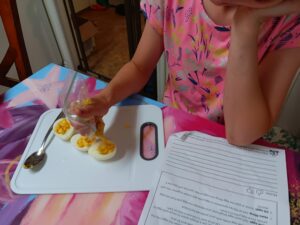
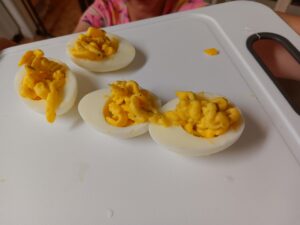
Muffin Tin Experimentation
We utilized muffin tins a lot this session. Learning how the same tool can be used in many applications. When it came to baking we posed the question: What happens when you add different amounts of batter to the tin? 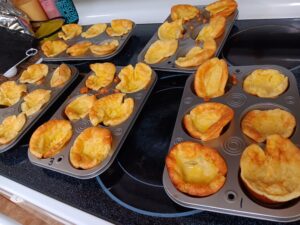 The kids filled some cups halfway, others to the brim, and everything in between. This turned into a wonderful lesson in how different baking times and amounts of batter can affect the final product. The kids were excited to see how their individual muffins/dutch babies turned out—some puffed up beautifully, while others had a denser, flatter top. It was a hands-on way for them to understand volume, baking times, and how the amount of batter influences texture.
The kids filled some cups halfway, others to the brim, and everything in between. This turned into a wonderful lesson in how different baking times and amounts of batter can affect the final product. The kids were excited to see how their individual muffins/dutch babies turned out—some puffed up beautifully, while others had a denser, flatter top. It was a hands-on way for them to understand volume, baking times, and how the amount of batter influences texture.
